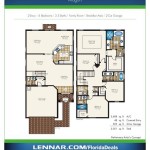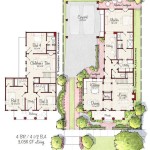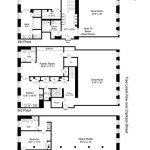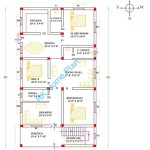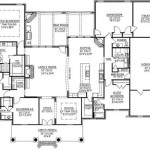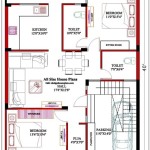Zen House: A Guide to Essential Aspects
Zen-inspired architecture embraces the principles of minimalism, simplicity, and harmony, creating spaces that promote tranquility and well-being. Zen house plans incorporate key elements that evoke a sense of serenity and connection to nature. Here are the essential aspects to consider when designing a Zen house:
Open and Flowing Spaces
Zen houses prioritize open, flowing spaces that allow for natural light and ventilation. Sliding doors, wide windows, and high ceilings foster a sense of spaciousness and connection between the indoor and outdoor environments. Open floor plans encourage seamless transitions between rooms, creating a harmonious flow of energy.
Natural Materials
The use of natural materials such as wood, stone, and bamboo embodies the organic and earthy elements of Zen design. These materials provide a warm and inviting atmosphere while promoting connection with nature. Wood beams, stone fireplaces, and bamboo flooring create a tactile and sensory experience that enhances the sense of tranquility.
Neutral Color Palettes
Zen house plans often incorporate neutral color palettes that evoke a calming and serene environment. Shades of white, beige, gray, and brown create a minimalist backdrop that allows natural elements to shine. These colors promote a sense of simplicity and reduce visual clutter, fostering a peaceful and contemplative atmosphere.
Asymmetrical Design and Wabi-Sabi
Zen architecture embraces the principles of asymmetry and wabi-sabi, which celebrate the beauty of imperfection and the passage of time. Asymmetry creates a sense of balance and harmony without being overly rigid. Wabi-sabi elements such as distressed finishes, exposed beams, and natural patinas add a layer of authenticity and character to the space.
Indoor-Outdoor Connection
Zen house plans emphasize the importance of connecting with nature. Large windows, sliding doors, and courtyards blur the boundaries between the indoor and outdoor spaces. Natural elements such as trees, plants, and water features are incorporated into the design to create a harmonious and revitalizing atmosphere.
Minimalist Furnishings
The furniture in a Zen house should follow the principles of minimalism, focusing on functionality and simplicity. Clean lines, natural fabrics, and comfortable seating encourage relaxation and reflection. Furniture is arranged in a way that promotes open spaces and encourages the flow of energy.
Zen Elements
Incorporating Zen elements such as shoji screens, tatami mats, and meditation spaces enhances the atmosphere of tranquility. Shoji screens create soft and diffused lighting while providing privacy. Tatami mats provide a comfortable and grounding surface for meditation or relaxation. Meditation spaces offer a dedicated area for practicing mindfulness and finding inner peace.
By carefully considering these essential aspects, you can create a Zen house that promotes tranquility, harmony, and a deep connection with nature. The minimalist design, natural materials, and open spaces foster a sense of well-being and provide a haven for relaxation and reflection.

Zen House Plans Modern Designs And Floor

Zen House Plans Modern Designs And Floor

Fabulous Beach House With Zen Inspired Interiors In Corona Del Mar

Zen House Plans Modern Designs And Floor

Modern House With A Touch Of Zen Design Cool Concepts

10 Modern Zen Home Design Case Studies Habitus Living

Contemporary Zen Inspired Two Y Home Cool House Concepts

Zen Home Layout Interior Design Ideas

Gallery Of Local House Zen Architects 25

Zen Home Design House Plan By Thrive Homes

